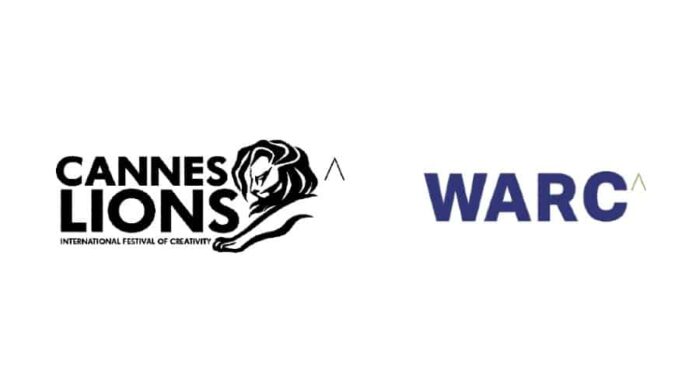The hugely successful ‘Anatomy of Effectiveness’ report was launched by WARC, the global authority on marketing effectiveness, at Cannes Lions in 2019. Three years later, during this year’s Festival, an updated edition is released to provide brand marketers, ad agencies, and media owners with a fresh perspective on the five basic building blocks of effective marketing.
“There is no sign that the crisis is finished today.” There is a slew of new challenges and questions to address. We’ve seen a pandemic in which budgets have shifted from brand investment to performance marketing; we’ve seen the rise of ‘retail media‘ platforms that are reshaping the media landscape, and we’ve seen a growing lack of confidence in advertising and media measurement with the impending death of the cookie. The critical building blocks required to generate commercial effect today are presented in this updated edition of our white paper, which draws on new thinking and the most recent evidence,” he adds.
According to WARC’s ‘Anatomy of Effectiveness: 2022 Updated Edition,’ the following criteria should be prioritized by firms looking to improve the effectiveness of their advertising:
1. Invest in the future.
When it comes to setting budgets and deciding on targets, understanding how aspects like brand size, campaign investment, and category dynamics will affect effectiveness is critical. If a campaign is to reach its full potential, it must have the correct investment framework.
2. Maintain a healthy spending balance.
To secure long-term success, create the correct investment framework. Plan for effectiveness across different timeframes, messaging, audience types, and buyer journeys to deliver maximum growth, whether it’s long-term effects vs. short-term sales impact, brand-building vs. performance marketing, broad reach vs. active in-market buyers, or upper funnel vs. lower funnel.
3. Make a plan to get there.
As media consumption fragmented, achieving campaign reach is becoming more difficult. Marketers are being forced to reevaluate long-held assumptions about reach and frequency control as a result of this. Brand objectives, media selection, and consumer purchase behaviors are all factors to consider.
“We can now directly link attention to mental availability,” explains Karen Nelson-Field, Founder and CEO of Amplified Intelligence (MA). When a purchasing opportunity emerges, MA compares the likelihood of your brand coming to mind versus competitors. It’s a number that’s linked to both growth and loss in market share, and it’s extensively used by marketers as a measure of brand strength.”
“Humans may be created of stardust, but brands are made of memories,” explains Jenni Romaniuk, Research Professor and Associate Director of the Ehrenberg-Bass Institute for Marketing Science. One of the most effective sources of information is a buyer’s memory (even for a Google search you need to remember what to type). Advertising can help people remember a brand by refreshing their recollections of it.”
New case studies, expert perspectives, and over 20 ‘Evidence’ decks are included in the white paper, which was released in conjunction with WARC’s Anatomy of Effectiveness hub.
Follow & connect with us on Facebook, LinkedIn & Twitter.

